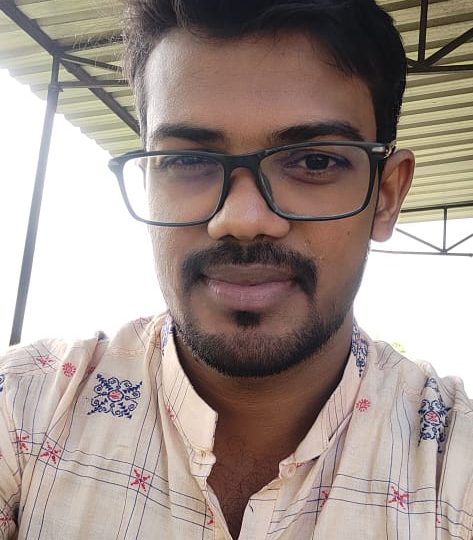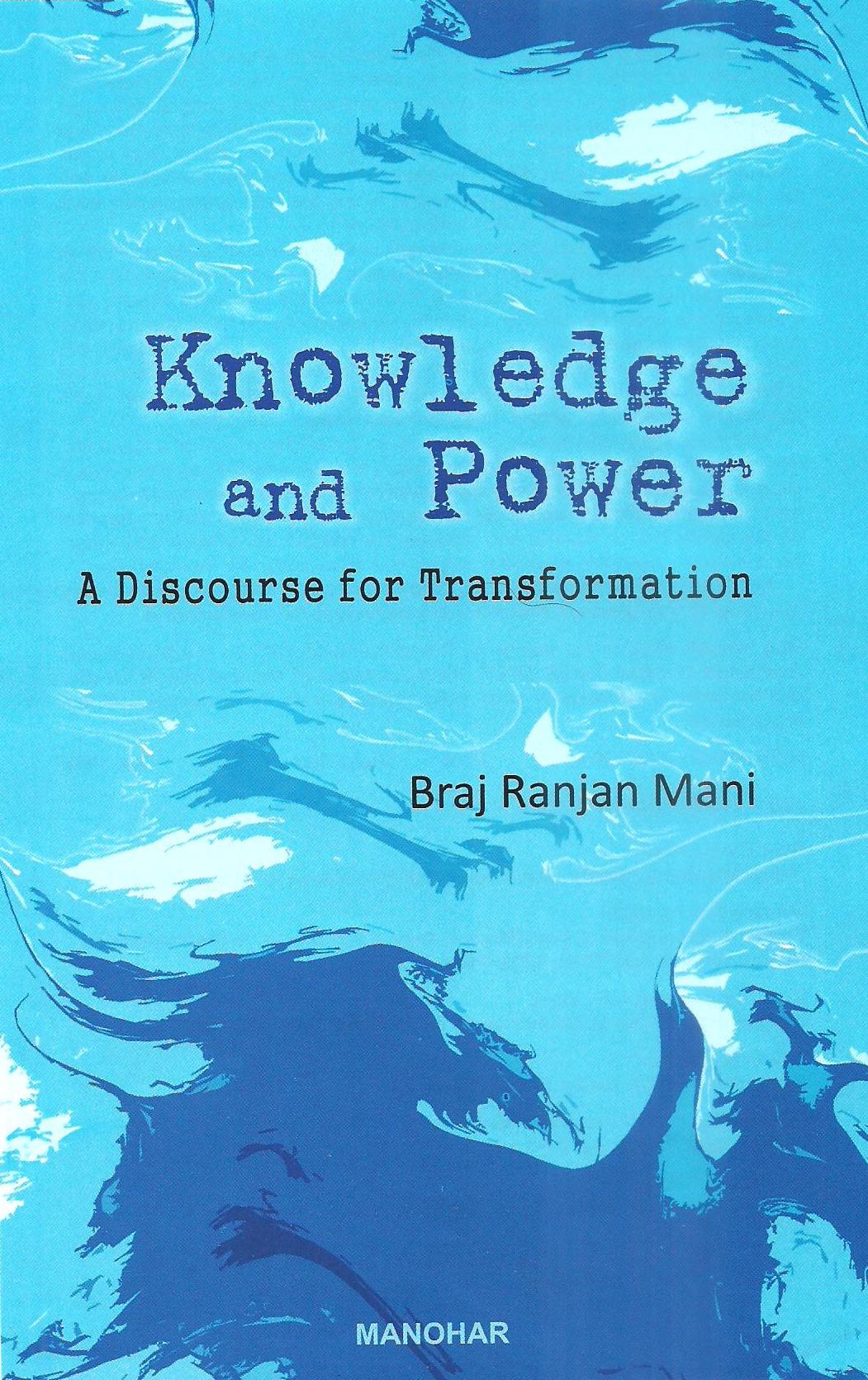Pabitra Saha
The diversity of society in India plays an important role in the assumptions of any theory when we are living in social, economic, political, and cultural hierarchies. The understanding of freedom, dignity, self-esteem, etc. must be seen in the context of Indian society, where these are absent in the unprivileged, marginalized, deprived society. The cognitive and social processes among children give a sense of understanding of the caste system and caste in education. The language of the marginalised in society is one of the most important contextual ways of understanding society, where the mother tongue is valuable in itself. The lack of opportunities and the lack of quality in education in schooling processes differ, but the connection between education and socioeconomic development in the Indian context is completely different. Here is an attempt to describe the caste system and how education plays an important role in the lives of marginalised or deprived people. I’m trying to understand caste and education with the following questions:
- What is caste?
- What could be the role of caste in pedagogical practices in schooling processes?
- Why study caste in education?
I discovered that language is an important part of understanding caste in the educational system. Explicit caste-based discrimination is one of the many evils that the education system must address. The entire identity of a community or caste is marginalised, subjected to deprivation as a result of caste hierarchies, specific bias, discrimination, and so on. The rigidity of the Hindu society is always a barrier to the overall development of the people as well as children in school.
Caste is a dominant reality in society in which privileged upper caste people dominate the lower castes in social, economic, political, and other ways. Caste is a real curse to Indian society as well as the nation. “Caste continues to define access to food, jobs, education, and marriage partners.” (Omvedt, 2004,p.1179). As a result, lower caste people have always attempted to survive while upper caste people have always attempted to rule over them. Upper caste dominance can be seen in the major social and economic institutions of society.
One question here is whether we can speak of caste as a source of national pride when democracy and caste are totally opposed to each other. Because democracy promotes equality rather than caste, and caste is inequality based on birth. Based on my personal experiences in school in my village, I can say that untouchables were completely discriminated against, being forced to sit in the corner of the classroom and eat below the school veranda while upper caste children sat on the veranda. When we celebrated Ganesh puja and Saraswati puja, they were completely discriminated against by teachers and students, and they were not allowed to touch the Ganesh or Saraswati idols, and prasad was passed from upper caste hands. I completely agree with Geeta Nambissan’s statement that “The status of communities as ‘untouchables’ in the Hindu caste system was the most serious impediment to their education.” (Nambissan, G.,1996,p.1011)
Caste in education in India
Education is one of the most important tools for improving the lives of the marginalised. According to Article 46 of the Indian constitution, “The State shall promote with special care the educational and economic interests of the weaker sections of the people, and, in particular, of the Scheduled Castes and the Scheduled Tribes, and shall protect them from social injustice and all forms of exploitation.” This is a constitutional provision for disadvantaged people in India who were historically marginalised and deprived and are still suffering in Indian society. The infrastructural system of the schools where Dalits study must be revisited, and the functioning of the schools observed. Upper caste students, because of their superior social capital and opportunities, are given preferential treatment in school programmes such as mid-day meals, extracurricular activities, and co-curricular activities. The following issues have played a vital role in the functioning of the educational system:
Reservation
In the context of the entire educational system, reservations in employment, education, and institutions play an important part in achieving the values of equality, liberalism, and socialism. When we discussed reservations in Indian society in our class, we would think that they are unfair because they pose problems for people in terms of jobs and education etc. There are many aspects to reservation. While marginalised people are dominated by others everywhere, we always blame the quota system. Reservation is important because education is one of the most important tools for improving the lives of the marginalised communities for improving their lives and verall development of society. (Wankhede, G. 2016, p.83) There is a need for occupational and social mobility in Indian society in all fields, so that no one feels inferior in any kind of circumstances. Throughout history, untouchables have suffered from the social stigma of untouchability, which is why they require reservation to improve their lives not only educationally but also economically and socially.
Marginalised children have suffered for many years because they have not been guided or supported in any way. And they are alleged to be without merit. How will they improve their skills or knowledge if they are not guided or supported? “Phule wanted a reservation on the basis of caste and believed that it would break the monopoly of Brahmins in the field of administration.” (Raman, K.S., 1991, p.1327). Reservation for SCs, STs, OBCs, and minorities improve their lives while also maintaining equality without discrimination.
Pedagogical practices in schooling processes
Schools are worthy places where marginalised children can be transformed from vulnerable to invulnerable, but they face unexpected discrimination at school. The curriculum and pedagogical practices play an important role in the child’s educational development. M. Murali Krishna said, “Whatever problems SCs, STs, OBCs, and minorities face are the result of economic marginalisation, social vulnerability, and educational backwardness.” If the learning activities in the school are inclusive in nature, it may be beneficial to achieve equity in the society. If teaching strategies in the school meet the needs of the children, the children will feel safe.
The educational experiences of children show how pedagogical practices are being used and misused for the development of children. The constitutional provisions and policies help marginalised children in attending school, but the educational situation in India is fraught with economic problems. Minorities, scheduled castes, scheduled tribes, and other backward classes face problems in school and in society as a result of pressure from schools and authorities, which is an impediment to their development. A year ago, I went to a government school in my village and tried to persuade the teachers to organise an essay competition; they agreed, but they asked what the topic would be. Then I asked if we could take the topic of ‘Caste’. Their reaction was humiliating to me, and we did not organise the essay contest at school. I deduced that they did not want to discuss caste, which is very important today. The curriculum focuses on the perspectives of the upper castes, not the lower castes. For example, in school, I did not study Ambedkar’s thoughts on caste; I studied the constitution, and that too in a limited way.
One of the most important ways to ensure equality is universal access to educational accessibility. Inclusion in education should be possible if the people become aware of the problems of the lower castes and the marginalised.
Article 46 of the Indian constitution talks about promoting the educational and economic interests of the SCs, STs, and other weaker sections, but the reality at the grassroots level is different, with people suffering from various forms of discrimination due to upper castes hindering the spread of education. Lower caste people are always dominated by upper caste people due to a lack of social capital. Reservation is critical for maintaining equality because the upper castes are socially, educationally, and economically privileged. Reservation aids and improves educational mobility and changes the lives of the marginalised.
The pedagogical issues, subject knowledge, and so on are a concern for children’s education as well as higher education, and teacher’s orientation and training programmes play a vital role. Because “If students feel frustration, depression, aggression, it affects academic preparations in school.” (Jojo, B. 2013, p.393). The culture and customs of the upper castes keep the lower castes apart, and this is where inequality is born.
~
References
- Geetha B. Nambissan, 1996, Equity in Education- schooling of Dalit Children in India Vol.31, Issue No. 16-17: 1011-24
- Murali Krishna, M. (2012), Pedagogic practice and Violence against Dalits in Schooling, in Sleeter, C. Upadhyaya, S.B., Mishra, A. and Kumar, S. (eds.) school Education, Pluralism and marginality: Comparative Perspectives, New Delhi: Orient Blackswan, pp.54-82
- Bipin Jojo, 2013, Decline of Ashram Schools in Central and Eastern India: Impact on Education of ST children, Social Change 43(3), pp. 377-395
- Ramachandran, V., Naorem, T.C. ( 2013), What it means to Be a Dalit or Tribal child in our schools( A synthesis of a six-state qualitative study), pp.43-52
- Joshi, S., Raman, K.S.,( 1991), Jotirao Phule: An Incomplete Renaissance, pp.1325-1327
- Chandra Pal Singh Chauhan( 2008), Education and caste in India, Asia Pacific Journal of Education,pp.217-233
- Omvedt, G. (2004), Caste system and Hinduism, pp. 1179-1180
- Nadkarni, M.V.(204), Caste Myth in Hinduism, pp.207-208
~~~









